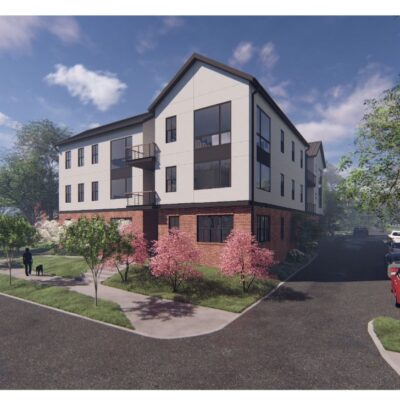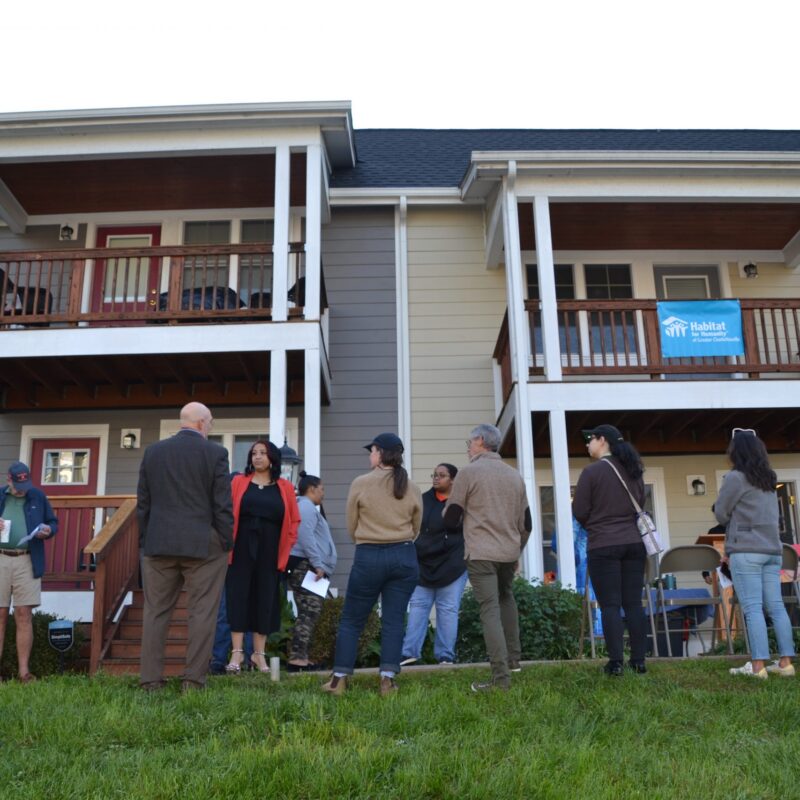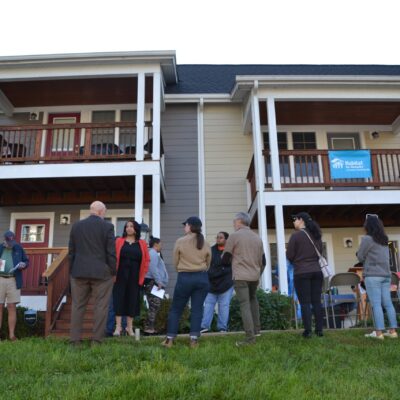On the morning of May 9, the streets of Charlottesville were still carrying the torrents of the night before, the stormwater runoff forming an unfortunate conveyer belt moving oil and detritus into local rivers and eroding stream banks in the process. As a way of doing something about it, local groups have launched a concerted effort to show the city how to lessen the damage of stormwater.
With the help of UVA law school students, the Southern Environmental Law Center (SELC) and the Rivanna Conservation Society has compiled a booklet of recommended ordinance changes for the city that they believe would reduce runoff by decreasing impervious surfaces, increasing onsite filtration and limiting erosion from construction sites, among other measures.
“These aren’t some panacea or silver bullet that will solve stormwater problems,” says Morgan Butler, an SELC attorney and principal author of the report. “Basically, the city has got ambitious development goals. The idea is that as new development comes in, try to reduce the stormwater impact that the new development has.”
Often environmental measures involve tighter government regulation, and some of the SELC’s recommendations include higher standards for erosion and sediment control on building sites. But some of these proposed changes involve loosening requirements. For instance, the city’s minimum road width requirement of 30′ for a local street makes for broader swaths of asphalt. SELC recommends that this be dropped to closer to 20′.
Butler will present the booklet briefly to the city Planning Commission on May 13. “These are easy, straightforward steps that can be taken now to make sure we’re not promoting unnecessary impervious surface and cut some loopholes out on erosion and sediment control,” says Butler.
Meanwhile, the city is looking at its own ways of improving the stormwater system through instituting an impervious surface tax on city landowners, averaging between $8 and $10 per month. The idea has been floated as a way to pay for upgrades to degrading drains, culverts and pipes—city staff estimate that approximately 11 miles of pipes need to be fully replaced to address both existing and anticipated failures in the city’s stormwater drainage system.
C-VILLE welcomes news tips from readers. Send them to news@c-ville.com.





